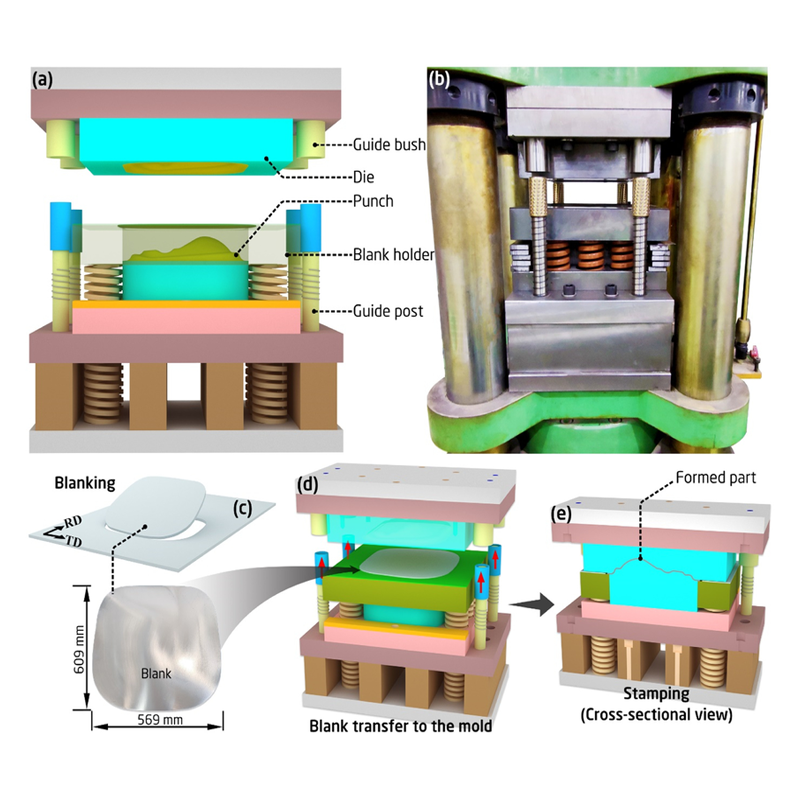The Role of Deep Drawing Features in Mold Design
In stamping mold design, the inclusion of deep drawing features, commonly known as drawing ribs, plays a crucial role in optimizing the manufacturing process. Here are several key effects these features provide:
- Enhanced Friction Control: Deep drawing ribs increase the friction between the material and the mold, ensuring that the surface of the drawn part experiences sufficient tensile stress. This improvement enhances the bending stiffness of the part, minimizing issues such as concave surfaces, distortion, and wave patterns caused by material resilience.
- Material Flow Management: By strategically adjusting the fluidity of the material, deep drawing features help balance the flow and friction throughout the stamping process. This ensures an even distribution of material, preventing defects such as wrinkles and cracks.
- Adjustable Hemming Forces: In operations utilizing double-action presses, the height adjustment of guide rails can only provide a rough estimate of the hemming force required. The use of drawing ribs allows for finer control over the working pressure applied to different sections of the steel part, optimizing the overall production process.
- Surface Quality Improvement: The presence of drawing ribs contributes to a reduction in surface roughness, facilitating easier manufacturing of large and medium-sized cover parts. Additionally, the increased gap created by these features decreases wear on the mold, ultimately extending its service life.
- Material Uniformity Correction: Deep drawing ribs help address material inconsistencies by effectively redistributing material during the stamping process. This action mitigates the risk of producing defects associated with uneven material distribution.
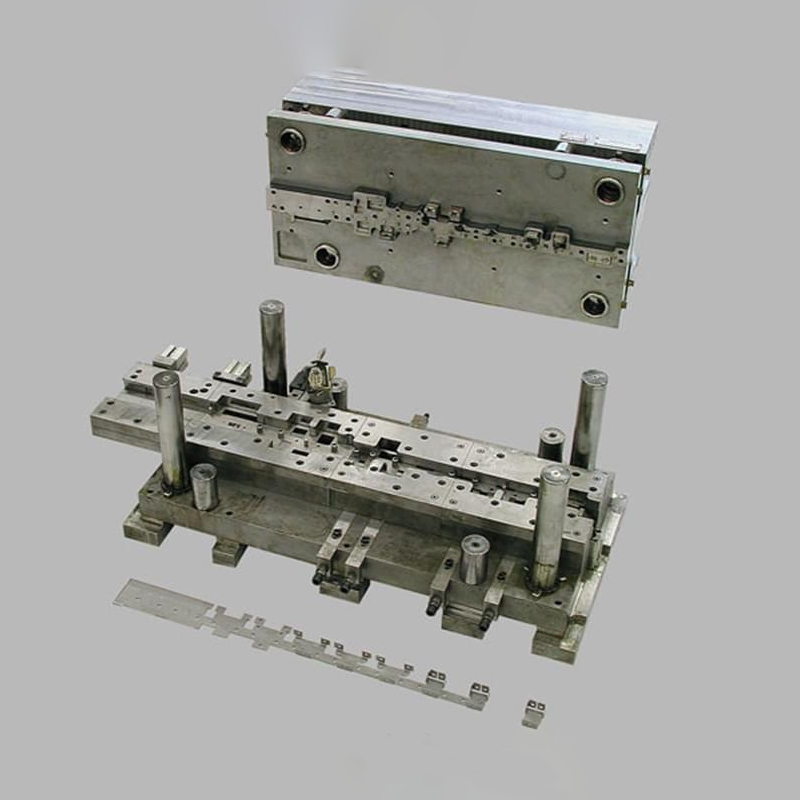
The Importance of Craft Cuts in Large and Medium Covers
When manufacturing large and medium-sized covers, the necessity for craft cuts becomes evident, particularly in deep-drawing scenarios. If a significant bulge or protrusion needs to be created in the center of a cover, the material may struggle to fill the area, leading to potential damage or cracking. Introducing a process cut or hole in the deformation zone allows for better material flow, thus preventing cracks and ensuring a more uniform product.
Cold Stamping Process
The cold stamping process involves specific techniques for executing craft cuts effectively:
- Blanks with Craft Cuts: During the blanking phase, implementing craft cuts can facilitate the formation of both deep and shallow areas.
- Process Cuts in Deep Drawing: In many cases, the process cut is executed during deep drawing. Utilizing the material’s plastic deformation characteristics, these cuts can be made to maximize the depth of the final product. It is essential to ensure that material remains partially connected during this process to facilitate waste removal in subsequent stamping operations.
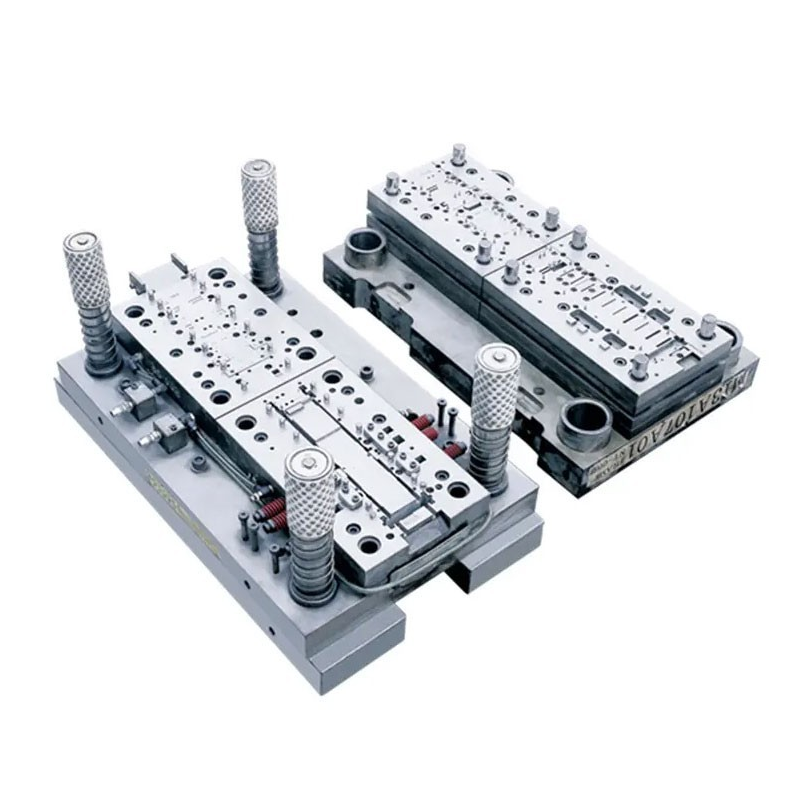
Standards for Craft Cut Layout
The design and execution of craft cuts are governed by certain standards to ensure optimal performance:
- Alignment with Protruding Contours: Cuts should align with the contour of the protruding area to facilitate smooth material flow.
- Adequate Dipping Edge: A sufficient dipping edge within the cut area is essential for securing material and ensuring high-quality molding.
- Proximity to Raised Areas: The openings of the cuts should be near the edges of raised sections to mitigate splitting risks.
- Even Distribution of Cuts: The number and placement of cuts should ensure even deformation across all raised areas to avoid unwanted patterns and cracks.
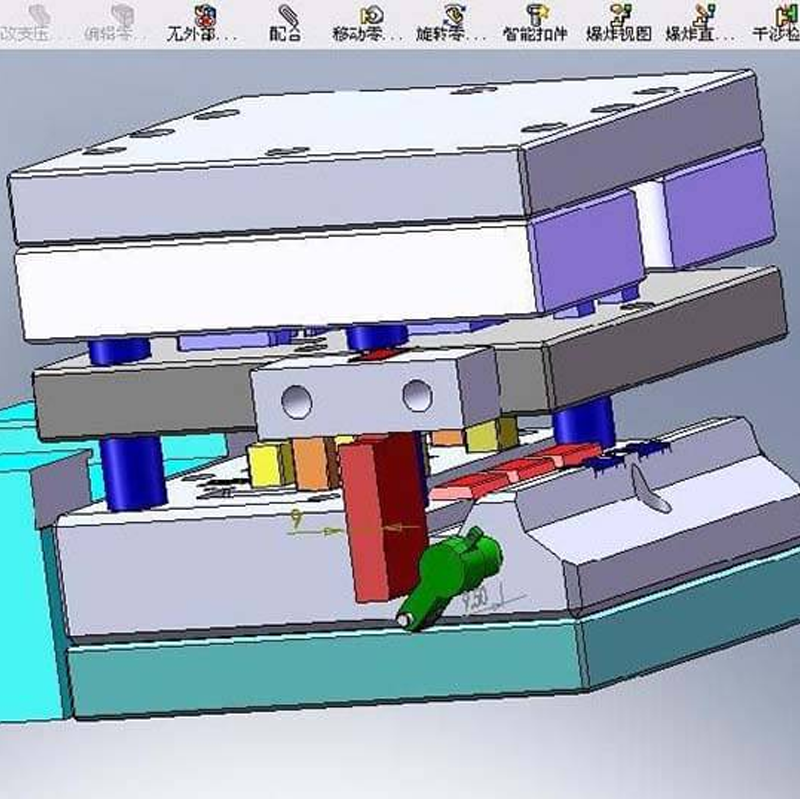
The Necessity of High-Precision Progressive Dies
When manufacturing high volumes of stamping parts, particularly those that are thin and require high precision, multi-station high-precision progressive dies are indispensable. Toolingsun excels in producing such dies, providing solutions that meet the rigorous demands of modern manufacturing processes.
Specifications for Wearing Parts in High-Precision Molds
High-precision molds are complex and require strict adherence to maintenance protocols. To extend the life of these molds, it is essential to have easily replaceable parts that maintain tolerance. Toolingsun ensures that our molds incorporate interchangeable components, allowing for swift and reliable maintenance.
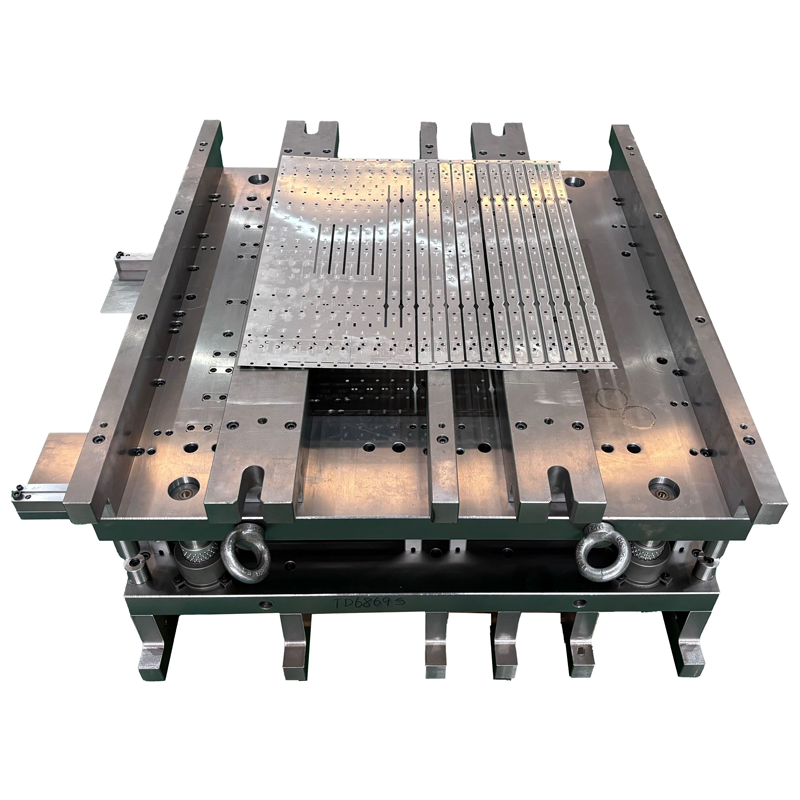
The Significance of Layout Design in High-Precision Progressive Dies
Effective layout design is pivotal for the efficiency of progressive dies. A well-planned layout optimizes material use, enhances production precision, and extends mold life. Toolingsun specializes in comprehensive layout designs that take into account the dynamics of stamping processes, ensuring smooth operation and superior output.
Understanding Plasmid Vectors
In the context of progressive dies, plasmid carriers are essential components that transport blanks to various stations for cold stamping and forming processes. The connection points, known as edges and overlaps, must be engineered to ensure stability and precision throughout production.
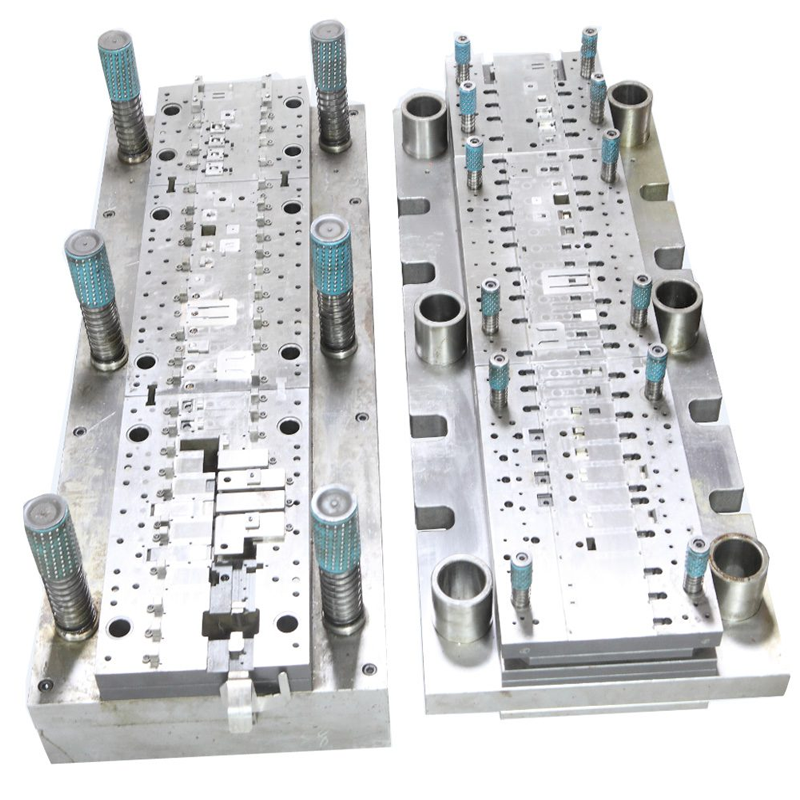
Mold Base Requirements for High-Precision Progressive Molds
High-precision progressive dies require a robust mold base, typically constructed from alloy structural steel. Toolingsun adheres to strict specifications, ensuring that mold bases possess high compressive strength and rigidity while exceeding standard thickness guidelines.
Common Cavity Structures
In stamping molds, integrated cavity structures are commonly employed. Standard concave stencils are often utilized for block-type designs, while high-precision molds frequently feature specialized cavity arrangements. Toolingsun’s expertise in creating custom cavity structures ensures that your stamping needs are met with precision and quality.
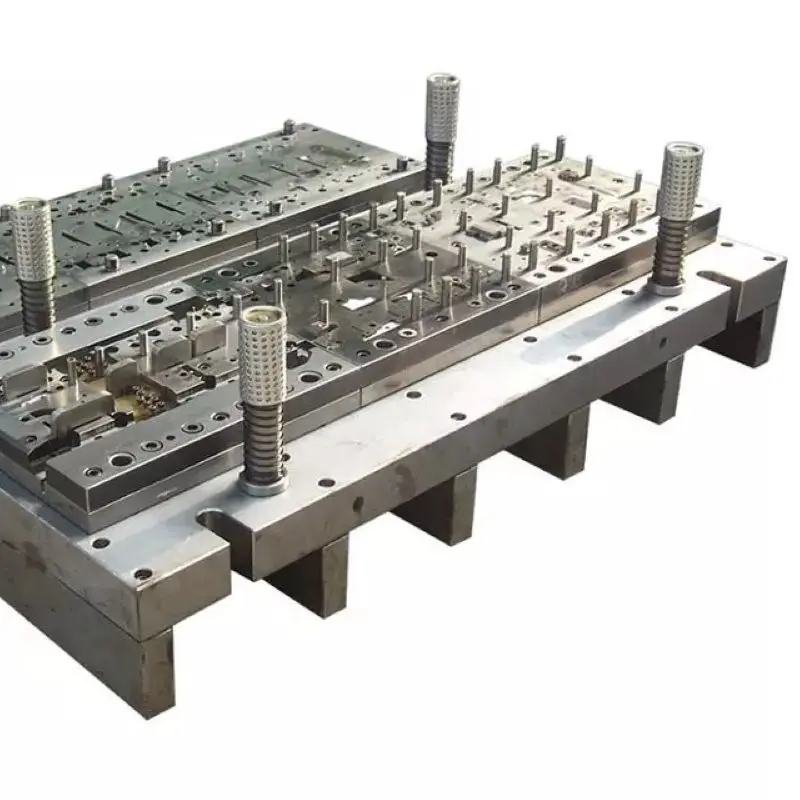
Conclusion
Toolingsun is committed to providing innovative and high-quality solutions for your stamping mold needs. Our extensive experience and advanced technology position us as a leader in the field, ensuring that we meet the demanding requirements of the electrical industry and beyond. Contact us today to learn how we can support your projects with our comprehensive metal stamping services.

